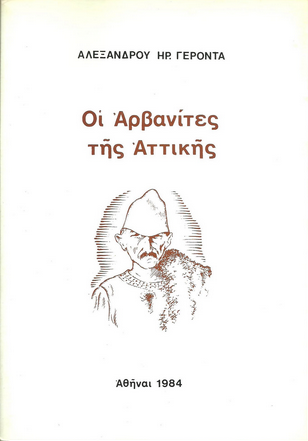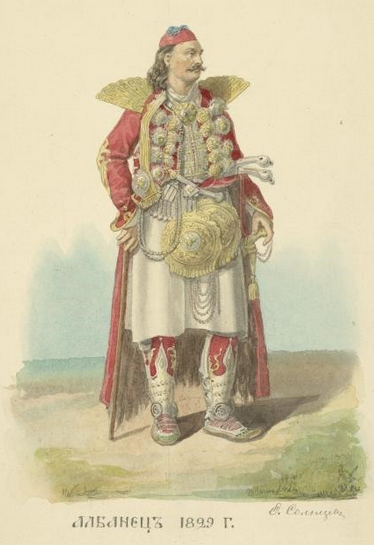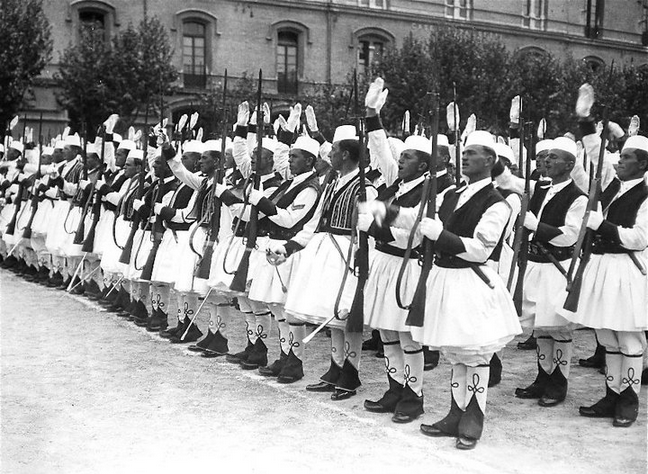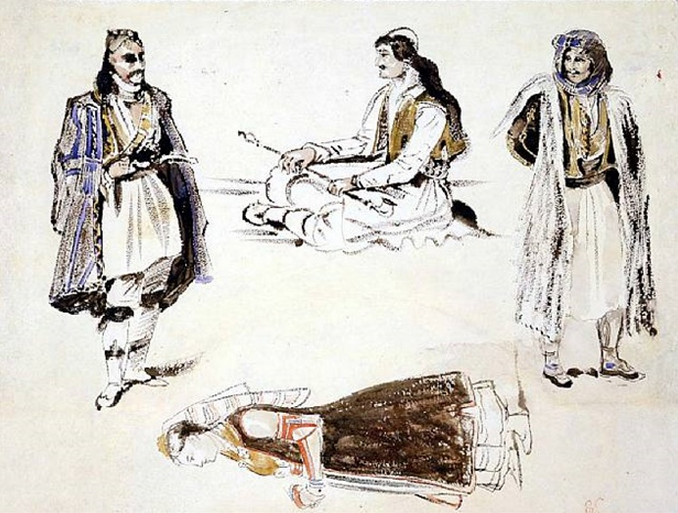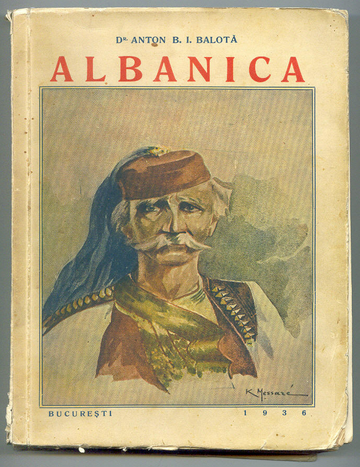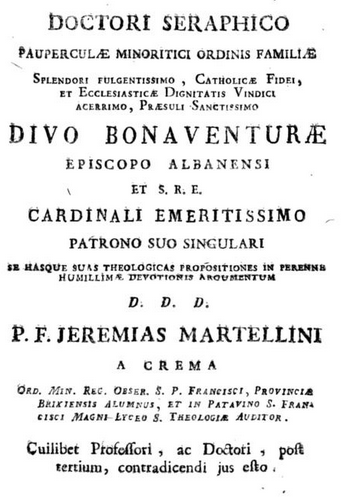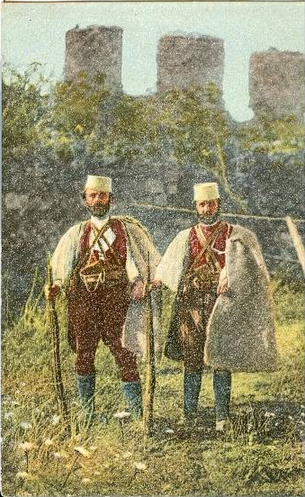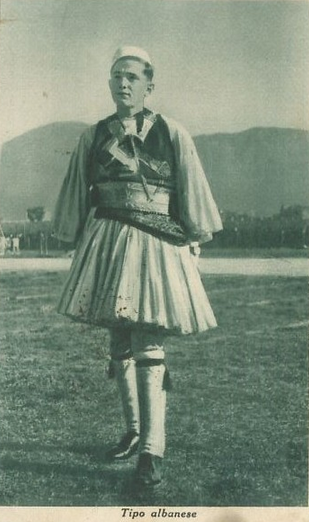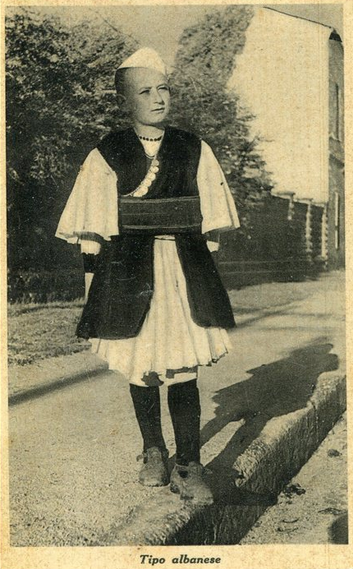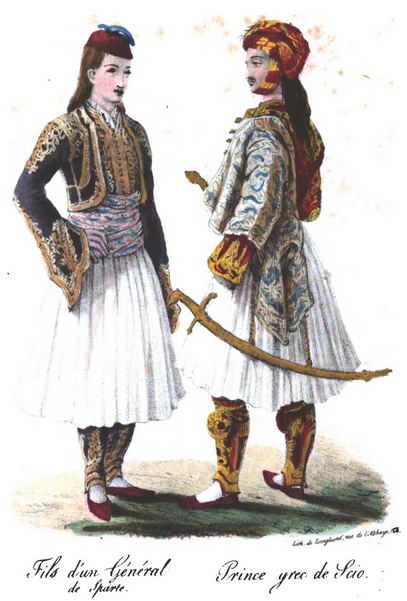Despotate of Arta
From Wikipedia, the free encyclopedia
- Not to be confused with the Despotate of Epirus.
| |||||||||||||||||||||||||||||||||||||||||
The Despotate of Arta was a despotate ruled by Albanian chieftains who moved into Epirus from Albania during the 14th century, and who founded several short-lived Albanian principalities there.[4] The Despotate of Arta was created after the defeat of the local Despot Nikephoros II Orsini in 1358 and ceased to exist in 1416, when it passed to Carlo I Tocco.[5][6][7]
Contents[hide] |
History
Creation
In the summer of 1358, Nikephoros II Orsini, the last despot of Epirus of the Orsini dynasty, fought with the Albanian chieftains inAcheloos, Acarnania. The Albanian chieftains won the war and they managed to create two new states in the southern territories of the Despotate of Epirus. Because a number of Albanian lords actively supported the successful Serbian campaign in Thessaly and Epirus, the Serbian Tsar granted them specific regions and offered them the Byzantine title of despotes in order to secure their loyalty.
The two Albanian lead states were: the first with its capital in Arta was under the Albanian nobleman Peter Losha, and the second, centered in Angelokastron, was ruled by Gjin Bua Shpata. After the death of Peter Losha in 1374, the Albanian despotates of Arta and Angelocastron were united under the rule of Despot Gjin Bua Shpata.
At April 1378 the Grand Master of the Knights Hospitaller, Juan Fernández de Heredia set about to take Arta but failed and was captured in battle by Gjin Bua Shpata. Herendia was sold by Spata to the Ottoman Turks for a huge prize. Thomas II Preljubović, the Despot of Epirus offered valuable help during the battle, however this alliance didn't last for long[3].
The territory of this despotate at its greatest extend (1374-1403) was from the Corinth Gulf to Acheron River in the North, neighboring with the Principality of Gjon Zenebishti, another state created in the area of the Despotate of Epirus. The Despotate of Epirus managed to control in this period only the eastern part of Epirus, with its capital in Ioannina. During this period the Despot of Epirus Thomas II Preljubović was in an open conflict with Gjin Bue Shpata. In 1375, Gjin Bue Shpata started an offensive inIoannina, but he could not invade the city. Although Shpata married with the sister of Thomas II Preljubović, Helena, their war did not stop.
Fall of the Despotate
After the death of Gjin Bua Shpata in 1399, the Despotate of Arta weakened continuously, and Shpata Family was involved in civil war. Among the animosities with the rulers of Ioannina Gjin’s successor, Muriq Shpata, had to deal with the intentions of theVenetians and of Count Carlo I Tocco of Cefalonia. Meanwhile Ottoman incursions were intensified as they were occasionally called by despot Esau de' Buondelmonti of the Despotate of Epirus. After the death of de' Buondelmonti in 1411, the throne was offered to his nephew, Carlo I Tocco. Even though his gain was accompanied by a great loss that the forces of Gjon Zenebishi’s inflicted upon his army, he would later subject the leaders of southern Albania. In spite of Muriq Shpata`s victory over Carlo in 1412, the Albanians failed to take Ioannina. On the contrary, not long after killing Muriq Shpata in battle in 1415, Carlo advanced on Arta. In 1416, he defeated Jakup Shpata and conquered Arta thus ending the Shpata dynasty.
Local legacy
The city of Arta was relatively unknown during the period of the Albanian rule (1358-1416). The Albanian leaders, not used to live in cities, as mountaineers, acquired legally Byzantine titles and tried to adopt Byzantine state structure. Although no architectural activity had been reported on this period, little seem to had changed in Arta and Albanian and Greek population coexisted peacefully in the city[8].
Despots
Losha Dynasty
Shpata Dynasty
References
- ^ The ethnicity of other nobles is unknown. Greek was official in religion and probably used also in court of nobles, alongside other languages spoken in the despotate: Aromanian, Italian, etc.Imagining frontiers, contesting identities. Steven G. Ellis, Lud'a Klusáková. Edizioni Plus, 2007. ISBN 9788884924667, p. 138-139. "We cannot identify the nationality of the archons or the population. Probably they were both ethnically mixed."
- ^ Served firstly as Despot of Angelokastron, became despot of Arta and Angelokastron after the death of Peter Losha.
- ^ a b The Late Medieval Balkans: A Critical Survey from the Late Twelfth Century to the Ottoman Conquest. John Van Antwerp Fine. University of Michigan Press, 1994 ISBN 0472082604
- ^ Oxford Dictionary of Byzantium, p. 53
- ^ History of Albanian People. Albanian Academy of Science. ISBN 9992716231
- ^ Fine, John. The Late Medieval Balkans. Ann Arbor, 1987.
- ^ Oxford Dictionary of Byzantium, p. 191
- ^ Imagining frontiers, contesting identities. Steven G. Ellis, Lud'a Klusáková. Edizioni Plus, 2007. ISBN 9788884924667, p. 138-139.




















